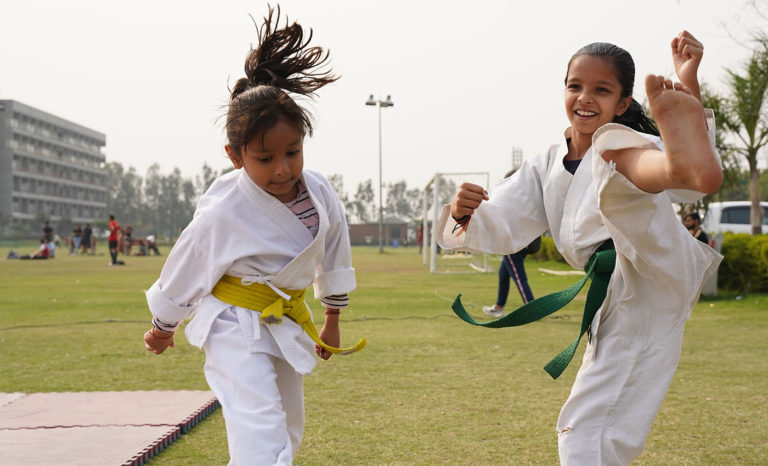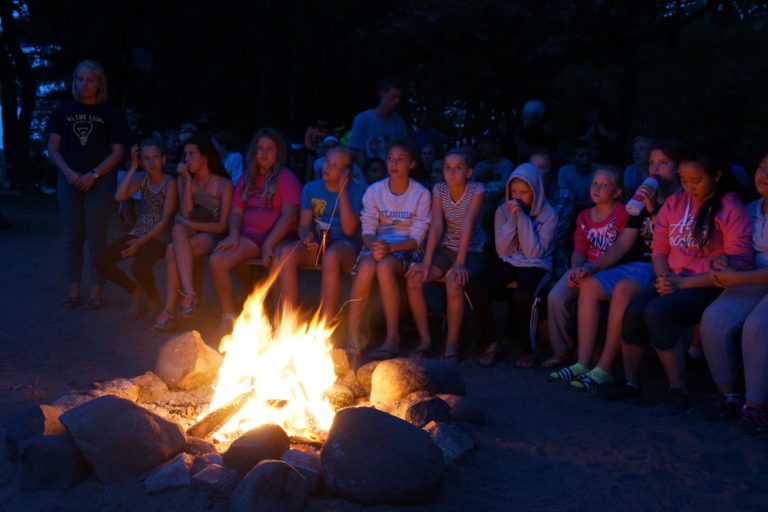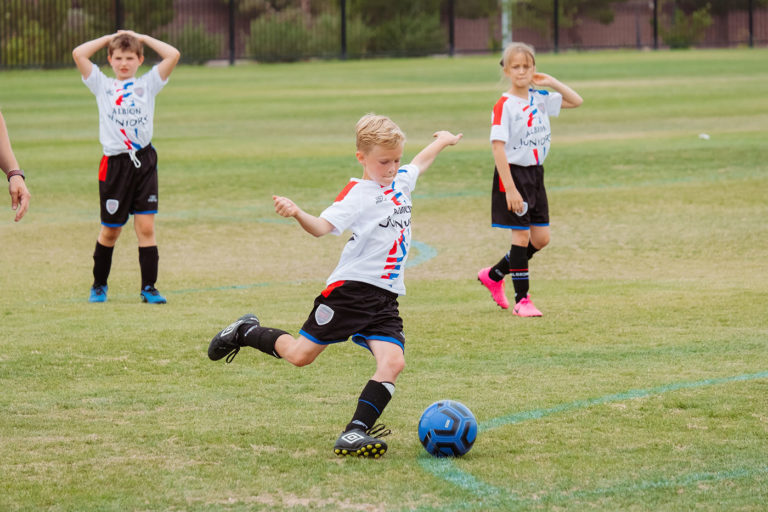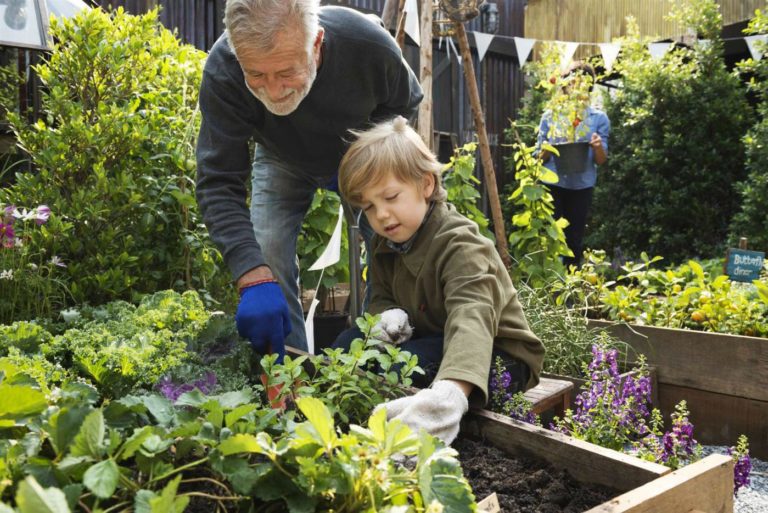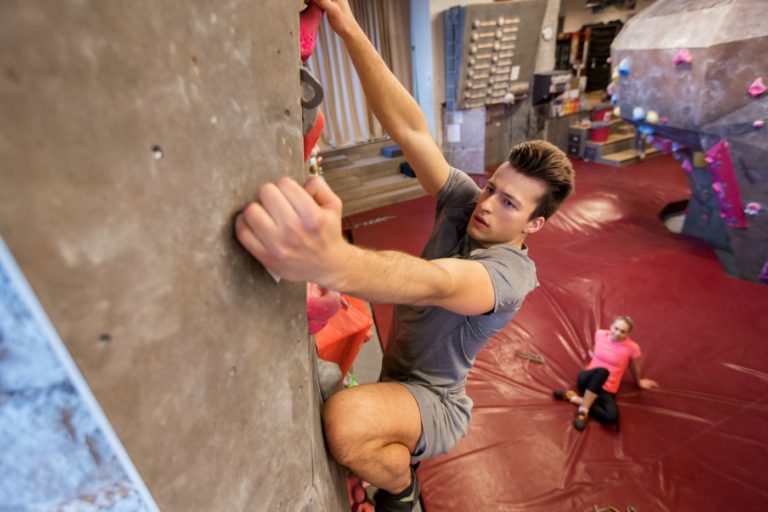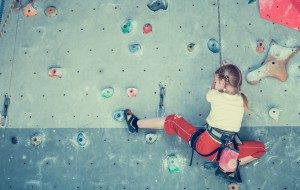Next time you’re at a high school football game, ask yourself which of the kids on the field are likely to do best in life after school. The star running back? Maybe that lightning-quick linebacker? How about the quarterback with the cannon for an arm?
If, instead, you answered ‘the marching band,’ you win. In fact, you’re smart enough to have been in the marching band.
For while just .08 percent of high school football players go on to make a living in the NFL, it turns out that a huge number of the world’s academic and professional overachievers were in marching band, including:
- Aretha Franklin (Queen of Soul)
- Samuel L. Jackson (highest grossing movie star of all time)
- Steven Spielberg (winner of Presidential Medal of Freedom, 3 Oscars, and various lifetime achievement awards)
- Bill Clinton (Rhodes Scholar, U.S. President, Arkansas governor, etc.)
- Neil Armstrong (first human on the moon, enough said)
With these lofty figures in mind, let’s look at just 7 of the most notable reasons marching band is good for kids.
#1. A Brighter Future
According to a Harris poll, musically inclined kids tend to go farther in their education:
- Two-thirds of high school graduates participated in a music program
- That figure climbs to 86% for college graduates
- It reaches nearly 90% for post-graduates
And if income matters to you, it’s worth noting that 83% of people earning at least $150,000 per year participated in music programs.
So the next time you’re thinking ‘athletic scholarship’ for your child, it might be worth considering how much more likely your child will prosper from a stint in band (far fewer concussions and ACL tears as well).
#2. Music is Brain Food
Did you know your brain is wired for music in the same way it’s wired for language? Numerous studies demonstrate that kids who learn music also do well in mathematics (the language of the universe), foreign languages, speech recognition, memory, speech and reading comprehension and more. They also do better on verbal IQ scores.
In fact, a five-year study by USC’s Brain and Creativity Institute found that children’s brains develop faster when they learn an instrument. Throw in the added complexity of marching while you play and you can just picture brain development in overdrive.
Music also relieves stress, depression and anxiety, which is especially important for teens in an era when depression and suicide rates are climbing rapidly.
(Oh, and mom and dad, it’s not just for kids. Music is known to slow the brain’s aging process, help with sleep, and give the immune system a boost. Yeah, music is like broccoli.)
#3. Life Skills Galore
Think of all that is involved in becoming a member of a marching band and you’ll understand why its a veritable smorgasbord of life lessons.
First, the child needs to learn an instrument, which requires dedication and self-discipline.
Second, he needs to be open to failure, because she’ll fail – a lot – before she gets better. Remember, failure is one of life’s greatest teachers and a trait history’s most successful people point to as instrumental (heh heh) to their success.
Third, she’s going to develop confidence and humility at the same time. Play the wrong note or turn right when the rest of the band is turning left, she’s in the spotlight for all the wrong reasons (humility). Master the piece and the movement, confidence enters the picture.
Fourth, he’s going to learn teamwork because she’s got to learn to play well with others (pun intended). Playing an instrument while marching requires both musical and physical coordination – traits that are difficult enough on their own, let alone in combination.
#4. Athleticism, Coordination, and Grace
Ever learn an instrument? If so, you know how challenging it can be, particularly if you’re also reading sheet music while you’re doing it.
Now add in coordinated marching, often with sophisticated dance steps and multiple marching patterns. (It’s like that old gem about Ginger Rogers being able to do everything her dance partner, Fred Astaire did, except backwards, and wearing heels.)
Not surprisingly, band members who must march and play to different tempos and cadences are often graceful athletes in their own right.
#5. True Grit
Back to that football game or, for that matter, baseball, basketball – any sport. Notice how many kids are on the sidelines while only a handful of athletes are participating.
Not so marching band, where every child is out there, playing, marching, doing. So if you want your child actively participating 100 percent of the time and learning that there are no easy outs, band is the place to do it.
Fortunately, participation in extracurricular activities like band – with their constant requirement for kids to fail and try again until they at last succeed – teaches kids grit and determination. And better than most, those two qualities predict how well kids will do in life.
#6. Networking
Although most of the evidence is anecdotal, kids who play together for years in an orchestra or band report developing lifelong friendships. Combine that with their propensity for higher academic and professional achievement and band becomes a unique fraternity through which critical connections are made (remember, most people get jobs through personal connections).
#7. Patience
In a culture defined (plagued?) by the demand for immediate gratification, learning music as well as marching to it requires patience – lots of it. Kids must work hard on mastering music and the instrument that plays it.
At the same time they must spend hours practicing precision marching drills for the entertainment of an audience. And because it’s a large group, the kids must learn to be patient while they or other members of the band receive extra help for a particular challenge. The larger the band, the more patience required.
The bottom line: marching band offers kids an extraordinary opportunity to grow in ways they can scarcely imagine (but you, as mom or dad, can), and it will pay dividends long after your child has moved on from the band.



 Yes, theatre is all about pretending to be another person. But the process through which your child becomes that person is actually an ideal path into learning about themselves as well.
Yes, theatre is all about pretending to be another person. But the process through which your child becomes that person is actually an ideal path into learning about themselves as well.


